Sometimes, we need to consider making big changes. Tracy Calder talks to three photographers who embraced change – be it camera systems or their very way of life
At this time of the year magazines and websites are all screaming ‘new year, new you’ in a bid to sell us the latest diet or exercise fad – but sometimes lasting change comes in a less obvious form. Just like all the other habits in our lives, our approach to photography can sometimes be formulaic: we have a favourite camera and lens combination, a preferred genre, perhaps we are loyal to a certain manufacturer. However, staying within our comfort zone can stop us from reaching our full potential. Here we speak to three professional photographers about the brave choices they made to realise their ambitions.
Kate Hopewell-Smith – changed manufacturers, careers and camera systems
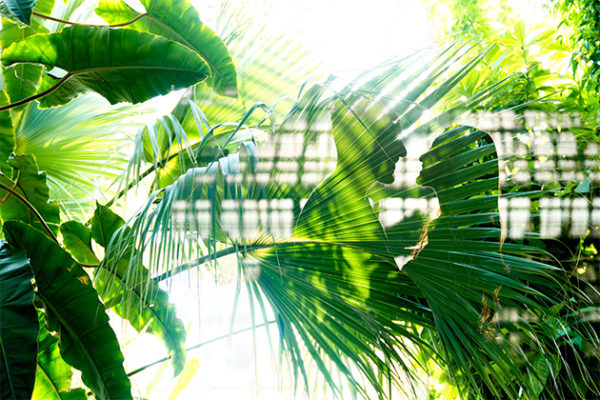
Switching to the Sony mirrorless system has encouraged Kate to be more experimental with her photography. Credit: Kate Hopewell-Smith
The only constant in this business is change,’ top wedding and portrait photographer Kate observes. Kate has always been creative, and looking after a young family, she found she needed a creative outlet. The choice came down to jewellery making and photography and she chose photography. Kate started to think seriously about turning her passion into a career. ‘I was never worried about running a business as I had done that before, but just had to get a lot better at photography!’
Sensing her enthusiasm, Kate’s then partner bought her a Nikon DSLR. ‘I desperately wanted to learn, but I didn’t choose the camera myself – I never stood in the camera shop and weighed up the options,’ she reveals. Later on people would say to me “Canon feels good in the hand” and I would have no idea!’
But, at the time, Kate was content with her Nikon, and between 2014 and 2016 she even worked as a UK Nikon Ambassador. But as the two-year programme came to an end, Kate started to question whether her Nikon gear was serving her particular needs. To muddy the waters, her partner, Brent Kirkman (who was a cinematographer), was beginning to feel restricted by DSLRs and was moving towards Sony. ‘We work together a lot, so ideally we wanted to use the same platform,’ says Kate. ‘But I needed to decide for myself, so I tried Canon, Fuji, Panasonic etc – and then I tried Sony.’ One of the reasons that Kate was reluctant to change manufacturers was the sheer amount of glass she already owned, but Brent convinced her it wasn’t a deal breaker. ‘We knew that Nikon and Canon were about to release mirrorless cameras,’ she explains, ‘but to make the most of the full-frame technology we were going to have to replace our lenses anyway; while we could have used adapters in the short term, it really would have been a temporary fix. Once I got my head around that, it opened up a full review of the market.’
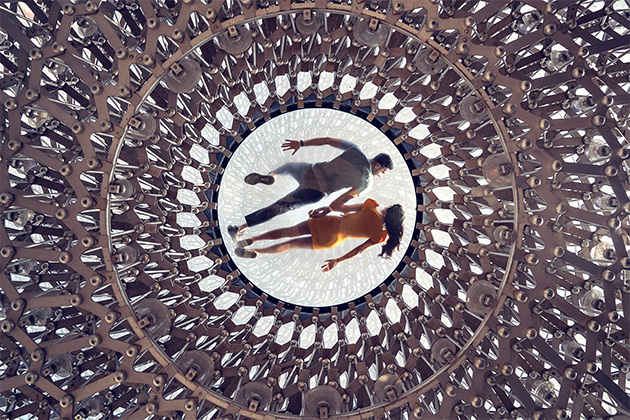
Kate is a visual storyteller who takes the trouble to get to know her subjects. Credit: Kate Hopewell-Smith
Before making the leap, however, Kate borrowed a Sony A7 III and an A7R III (with a bunch of lenses) for a month, and shot a variety of commissions, from weddings to boudoir, using the equipment. At the end of the month she didn’t want to give the Sonys back, but that’s not to say it was all plain sailing. ‘I tend to use the analogy of driving a car,’ she says ‘as you are able to drive but still need to get used to the new model.’
Before long, using the Sony gear became second nature, but Kate was still sad to see her Nikons go. ‘I didn’t jump easily,’ she reveals. ‘When I did the full exchange it was a sad day for me. I felt like I had to mourn the Nikon stu .’ Her loyalty was such that she kept her battered Nikon D3S. ‘It has been through a lot with me,’ she admits. But her sadness was fleeting, and since unboxing her new Sony gear she hasn’t looked back. Kate and Brent primarily use A9 and A7 III bodies (although they recently took delivery of some A9 IIs) and, for them, the switch to Sony full-frame mirrorless has been a real game-changer.
‘The effect it’s had on the way I shoot is dramatic,’ reveals Kate. ‘Now I rarely look through the viewfinder – I even use the LCD screen to move the focusing point. I compose differently too – I shoot from the floor to anywhere I can get my hands to.’
Being able to trust the technology has allowed Kate to take greater risks, and increased her confidence when it comes to capturing fast-moving action.
‘I can rely on the autofocus system because it’s so fast and accurate,’ she proposes. ‘My hit rate has doubled. If anything I need to learn to slow down, to trust that I’ve nailed it.’ It sounds like Kate has found the dream camera system – but would she consider switching allegiance again if the right camera came along? ‘Of course,’ she exclaims. ‘As professional photographers, we should be investing in the best kit we can to get the job done.’
Kate’s top tips
- You’ve got to hold a camera and work with it to know if it’s for you. Don’t expect to be able to do this by reading reviews or reading the manual.
- To begin with, using a new camera is a nightmare, but you will get used to it. And however intelligent the camera’s software is, you will need to be able to take control of the settings yourself.
- Customise your camera. Brent and I have ours set up the same so we can, quite literally, throw them at each other during a shoot; but that’s quite unusual!
Specialising in wedding, portrait, personal branding and boudoir photography, Kate Hopewell-Smith has a passion for people. Getting to know her clients helps her to create images that will be cherished for a lifetime. Kate and her cinematographer husband, Brent, are Sony Europe Imaging Ambassadors.
Jody MacDonald changed from amateur to pro
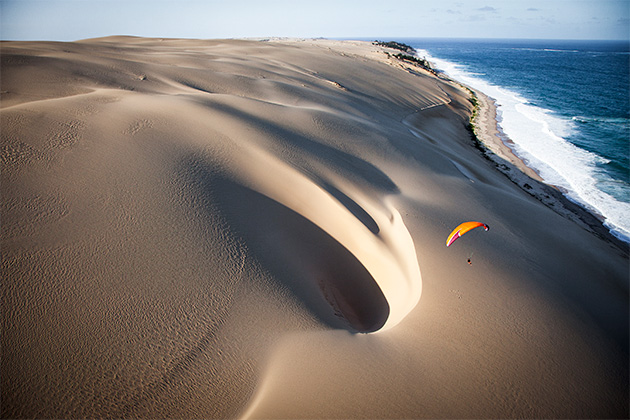
A paraglider soars over remote dunes on the island of Bazaruto, Mozambique. Credit: Jody Macdonald
When Jody MacDonald was a child she wanted to be Indiana Jones. Jody spent 16 years living in the Middle East, but as a perk of her dad’s job the family received paid vacations, so they travelled extensively. ‘By the time I was a teenager I had seen a lot of the world, and this glimpse into how amazing the planet is made me dream of more adventures,’ she recalls.
Having shown an aptitude for art and sports at school she went on to study outdoor recreation at university, where she took photography as an elective. ‘For me it was like lightning striking,’ she enthuses. ‘I was like, wow now I can combine my love of art and adventure!’ After graduating Jody became an outdoor guide, escorting clients into the wilderness – often on rafts. Everywhere she went, her camera went with her. ‘After a while I had the opportunity to be a photo editor for a big outdoor retail company,’ she explains. Jody embraced the role, and her experience on the editorial side proved invaluable when she later decided to progress her photography career. After a few years in the office, however, she grew restless, and when someone asked if she wanted to go sailing in the South Pacific she was on board immediately. ‘I ended up creating a sailing business, and I lived at sea for 10 years straight,’ she reveals. ‘That really became my platform for developing my photography.’
Self taught
Due to the isolation, Jody honed her photography skills through trial and error. ‘At the time I didn’t have access to the internet so I couldn’t just look up tutorials or go on YouTube,’ she recalls. ‘I just had to figure it out!’ As luck would have it, her clients often included professional kiteboarders and surfers, so she taught herself how to photograph these athletes at sea. For the most part Jody was using a Canon EOS 5D Mark II and a Canon EOS 7D, with housings. ‘I needed a couple of bodies as the chance of one failing due to the salt water was pretty high,’ she admits. But when she needed a new piece of kit she had a novel way of obtaining it. ‘I would order something and have it sent to one of my clients who would bring it out to me,’ she reveals. It sounds like the perfect set-up, but there was one challenge that proved harder to overcome. ‘I was seasick for pretty much ten years,’ laughs Jody, ‘but my love for exploration, adventure and photography outweighed the discomfort – I just knew I had to suck it up and keep going!’
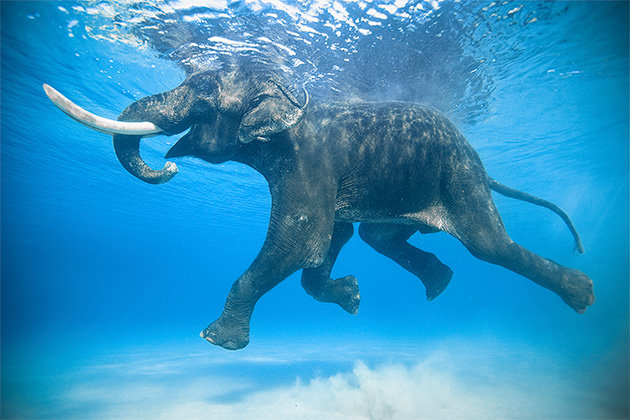
Rajan, India’s iconic swimming elephant, Andaman Islands, India. Credit: Jody MacDonald
When to give up the job
Jody’s transition from amateur to pro photographer was pretty gradual – she started submitting pictures to photo editors at magazines (where her editorial experience came in useful), and over time her hit rate grew. ‘There’s a point where it’s all-consuming, it’s taking up all of your time and mental processes, and you’re selling enough to live off,’ she says. ‘For me, it ramped up over the ten-year period, but I was probably in the last three or four years of sailing before I could wholly support myself through photography.’
Jody’s story is unique, but for many people the comfort and security of a nine-to-five job is hard to relinquish, even when photography is their passion. In such instances, Jody has some advice. ‘You only have so much time and energy in a day, so if you’re not quite there yet and you need something to pay the bills take a job that’s easier to quit. Go work at Starbucks or get something part-time and spend the rest of your time on your photography. If you keep taking pictures you’ll get better and you’ll soon be able to wean yourself off the job – then it’s easy, because you have no emotional connection to it.’ But what about all the people who advise having six months of salary in the bank before jumping ship? ‘That’s just an excuse because you’re too scared to make the leap,’ laughs Jody. ‘I try to have the least amount of monthly bills as I can – I don’t take out loans or buy a car on loan, for example – I really feel that keeping these things to a minimum gives you more options and opportunities to pursue your dreams and passions.’
Jody’s top tips
- Think about where you live. Some people live in really expensive cities and their bills are so high that they can’t get out from under them. Obviously, some people can’t move, but if they can I say go somewhere cheaper! Go live in Southeast Asia for a while: the cost of living is cheaper and the photo opportunities are incredible. It will make it easier to make the transition because you’re not tied down with debt.
- Finding a niche is incredibly important. When you’re a beginner it’s hard to do, because you’re excited about so many different types of pictures, and taking pictures in general. As you get better you narrow things down and find your style. When you do this your work really stands out and you create your branding.
- Society tells us we need so many things that we really don’t. When I buy something I’m always thinking about the choices I’m making – I ask myself is this ego-driven or do I really need it? It may sound simple, but it’s actually a step towards pursuing what you really want to be doing in life.
Having spent ten years sailing around the world on kiteboarding, paragliding and surfing expeditions, Jody MacDonald turned her passion for photography into a full-time career. Her work has appeared in many high-profile magazines including National Geographic and Men’s Journal.
Elia Locardi changed careers, and everything else!
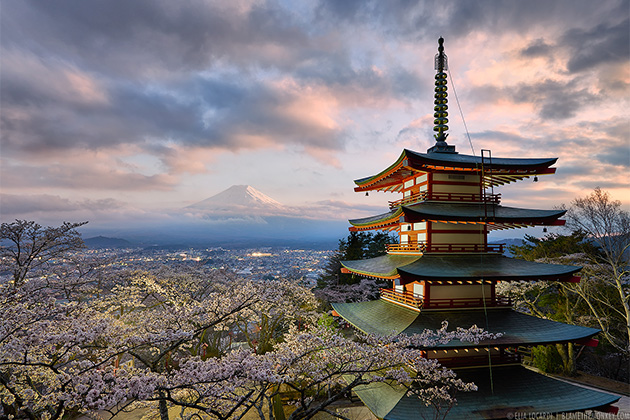
An old pagoda and a sea of cherry blossoms frame the beautiful and timeless shape of Mount Fuji in Japan. Credit: Elia Locardi
In 2012 Elia Locardi and his wife, Naomi, began jettisoning their personal possessions. Elia had been working more than 60 hours a week, balancing his freelance work with his job as a college professor in visual effects and motion graphics. The pair had taken out a sizeable mortgage and set up home, but after a few years, despite their best efforts, they were struggling to make ends meet.
Elia then lost his job at the school, and soon found himself facing financial ruin. ‘I was ready to let the bank have it,’ he admits. ‘I didn’t want to live this life we had created for ourselves, or to do the same job any more, so I decided to leave my old life behind.’ As a result, Elia and Naomi sold their house and moved to an apartment on the beach.
Once settled, they began to shift their goals from making money to enjoying life experiences. ‘It wasn’t so much about what we had or didn’t have, but more about what we did with our time and who we spent it with,’ explains Naomi.
After a family health scare, the pair found themselves in Italy visiting Elia’s uncle. ’When I went to Rome I was incredibly inspired,’ recalls Elia. ‘I had spent ten years not making a single piece of art for myself, it was all client driven; and here I was in an incredible city, taking photos and having a great time making art.’ At that point Elia decided to prioritise life experiences and become a full-time photographer.
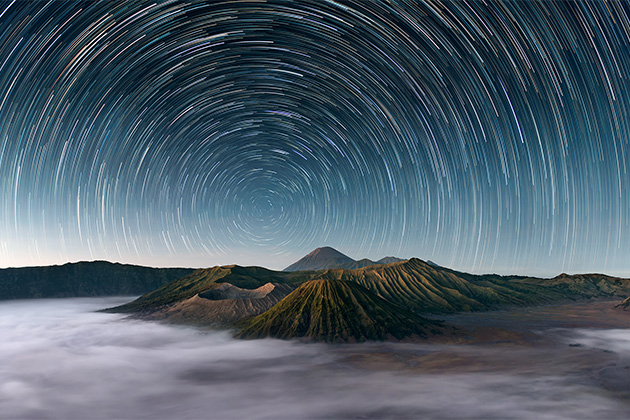
The stars dance above Mount Bromo, Indonesia, as morning fog rolls through the caldera. Credit: Elia Locardi
Becoming a digital nomad
Once the couple had defined their new dream, they shifted everything in their lives to make it a reality. They began to travel extensively, but still had bills from the apartment, car etc to pay, which essentially restricted their freedom. On a trip to Stockholm it occurred to them that they could become digital nomads – location independent individuals. ‘We were trying to figure something out when we said what if we didn’t live anywhere and just kept travelling,’ enthuses Elia. It was a lightbulb moment.
The pair knew that, provided there was a reliable internet connection, they could work on the road –Elia as a photographer and Naomi as a graphic designer. ‘Once we decided that was what we wanted we were 100% in,’ recalls Naomi. As soon as they got home they began getting rid of their possessions, and drastically reducing their bills. It was a tough process, but allowed them to get on the road. ‘It also did one other thing for us: it eliminated the need for a round trip ticket,’ explains Elia. ‘The idea was to travel and spend more time in each location.’ The pair now run photo tours, teaching workshops, and using their travel experience to further their ambitions (though they now have a base in Florida).
Elia and Naomi’s top tips
- Prioritise life experience over making money. Everyone is different but think about what really matters.
- The barrier between getting what you want and not getting what you want is trying – you have to try.
- Don’t put off things that are important to you, just to maintain a lifestyle you don’t really want.
Since becoming a full-time professional photographer, Elia Locardi has visited more than 65 countries, flown nearly two million miles, and teamed up with many high-profile brands, NGOs and tourism agencies. Elia specialises in travel photography, but is also a well-respected public speaker and educator.


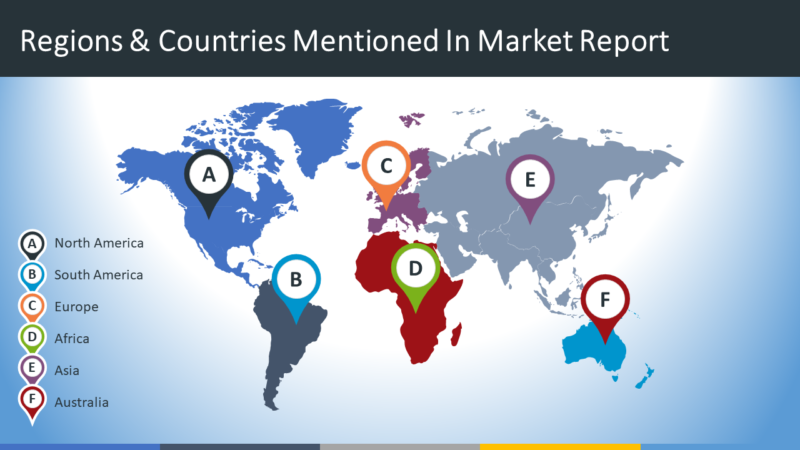

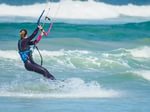
Recent Comments